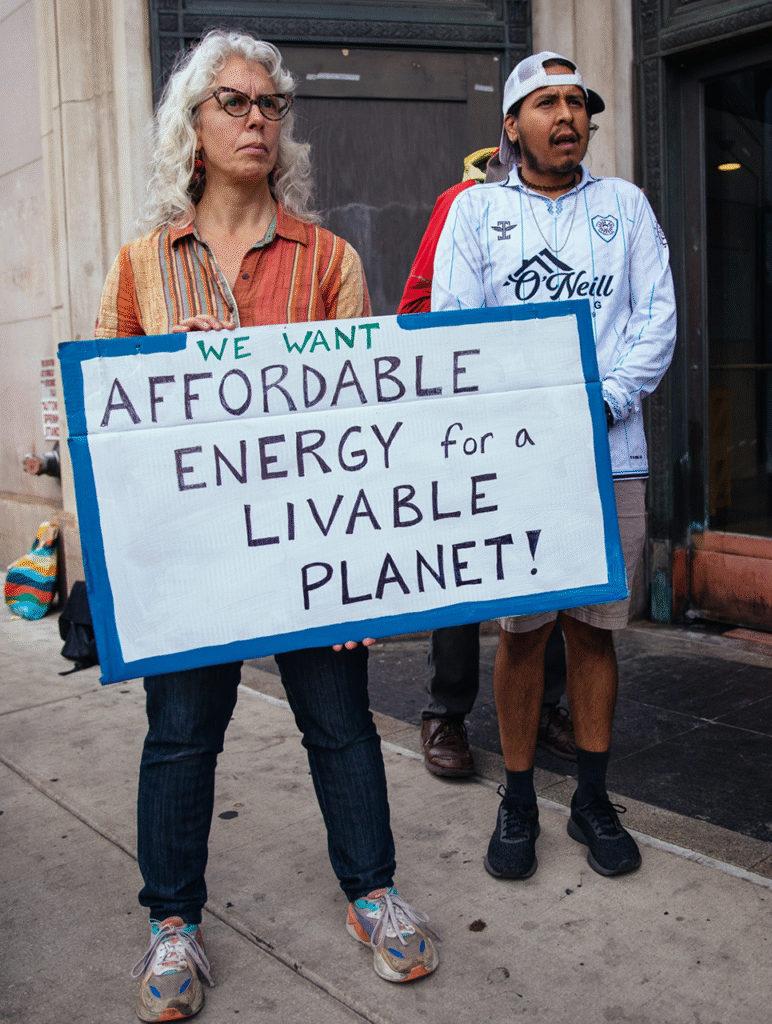Philadelphia Gas Works (PGW) is slated to spend $6 to $8 billion by 2058 to replace leak-prone gas mains, all while expanding its service network and dragging its feet on a transition to renewable energy sources, according to a report released by HEET (Home Energy Efficiency Team), which describes itself on its website as “a nonprofit climate solutions incubator with a mission to cut carbon emissions now through systems change.” The report uses data from PGW reports as well as information obtained through right-to-know requests to put numbers to how much pipe the utility needs to replace, how much it has cost to replace pipes so far and how much it will cost going forward.
The report also discusses the City-owned utility’s efforts in recent years to expand its service network and its slow progress towards transitioning to heat from renewable sources, all of which conflicts with the City’s stated goal of carbon neutrality by 2050.
As Grid has covered, the PGW’s 2021 Business Diversification Study explored the challenges facing the utility as well as potential paths forward. As gas users cut back by installing more-efficient gas appliances or electric alternatives to replace older gas furnaces, water heaters and stoves, demand for PGW’s product declines, along with its revenue. The costs of maintaining its 3,046 miles of gas mains and the 476,600 smaller pipes that come off those mains to connect with customers will remain fixed or increase. PGW then needs to charge more per unit of gas to cover those fixed costs, driving consumers to cut back even more or completely drop gas in favor of electricity. As this spiral winds down, the last consumers remaining will be those who can least afford the higher costs.
The diversification study pointed towards a switch to providing geothermal heating and cooling as a promising and comparatively practical option for PGW, though, as HEET’s report discusses, you wouldn’t know it based on the utility’s efforts to expand gas delivery.









